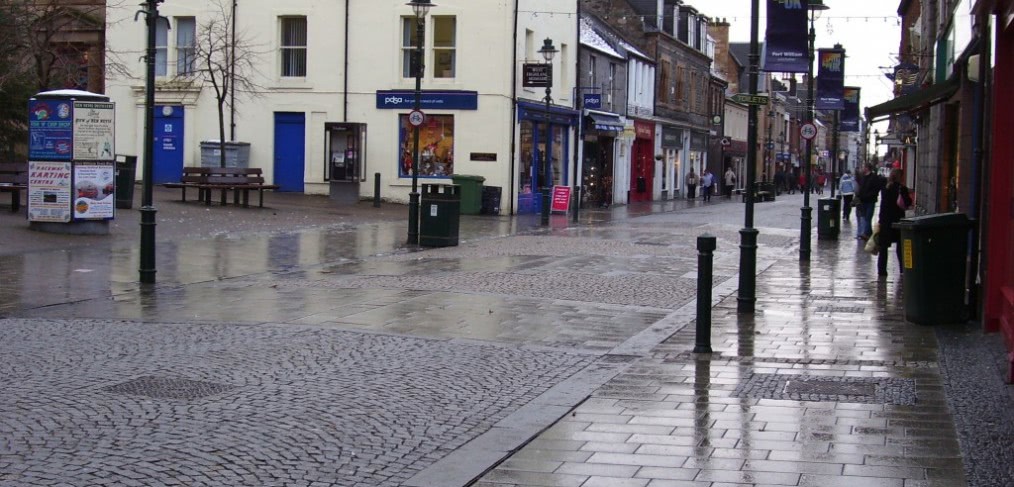
It’s High Time for the High Street
It’s no secret that high streets have suffered in recent years. By the end of 2012, it was reported that the vacancy rate of British high street shops had reached nearly 15%. Nottingham ranked at the top of this list with 31% of shops unoccupied, up from 23% the year before. This drastic rise is largely due to the fact that high streets are often made up of smaller retailers. Many of these shops faced a detrimental hit by the tightening of the bank’s lending criteria and experienced a drastic drop in consumer spending. The high street’s prominence in our society and communities has led the government to launch numerous initiates aimed at reenergizing the market. However, these have been retail led initiatives. Many believe that if we can fix the retail issues, we can fix the high street. This misconception will only lead to further problems down the road. Whilst retail forms a key component of the high street, it is not about retail. It is about community. The high street has always been a community meeting place where people come together to shop, eat, work and relax.
Prior to the “mall-ing” of the high street, residential units were a huge component of the neighborhood. People often lived in walk-up flats above the shops and pubs. This changed in the 1990s when the high street was converted from a community space to a retail-focused space. Residential accommodations were either removed, as it interfered with the retail leases, or degraded in quality to tatty, low-end housing. This new high street more closely resembled a shopping mall and lacked identity, association and a sense of community.
So, how do we make the high streets an active part of our community again? In order to revive the high streets as anchors, we must not try and one-dimensionally solve the problem through retail strategies.
Four steps to revitalizing the high street:
- Better Housing: People need to live within a community in order to own a place and activate it. When redeveloping high streets, mixed use options with retail units on the ground and housing above should be key elements. One option may be to utilize these units for elderly housing or starter homes. Housing for rent, or built to let, could also be a key player here. This would allow developers to move quickly and avoid mortgaging issues.
- Community and Civic Use: Libraries, post offices, doctors, community spaces, art galleries, etc. are active ingredients that need to be located on the high street, not moved out to free up space for retail units.
- Focus on Local: For too long, the high street has tried to compete against the shopping mall and the out of town retailers. It must now differentiate itself. Ways to do this include: local food & beverage options, focus on services rather than goods, providing a letting strategy that focuses on local businesses, flex spaces that can be used by community members on a temporary basis, and crafting events calendars to create diversity of offer and attract community interest.
- The Return of the Car: The public realm should be retooled to provide an environment that does not favour the car or the pedestrian, but instead balances their needs. Pedestrianised high streets, much favoured recently, are less robust and offer less chance for a mix of uses and activities to take place. They are also less safe at night. In order to be successful, there should be sufficient parking, preferably street parking, as well as ample space for people.
In order to return to its original glory, the high street must reclaim and retool its identity to meet the needs of the modern user.
Do you think initiatives that implement these techniques will solve the high street’s problems?
Images via Wikimedia & Arriva436.


Yes, totally right on! It’s just what Jane Jacobs said many years ago. Human habitat is just like any other ecosystem. We need diversity to thrive!
It’s the unfortunate recurring habit of many planners to want to “clean things up,” to be too rigid with zoning, and to be fearful of the messy vitality of life. Right on, Mr. Faruqi! : )